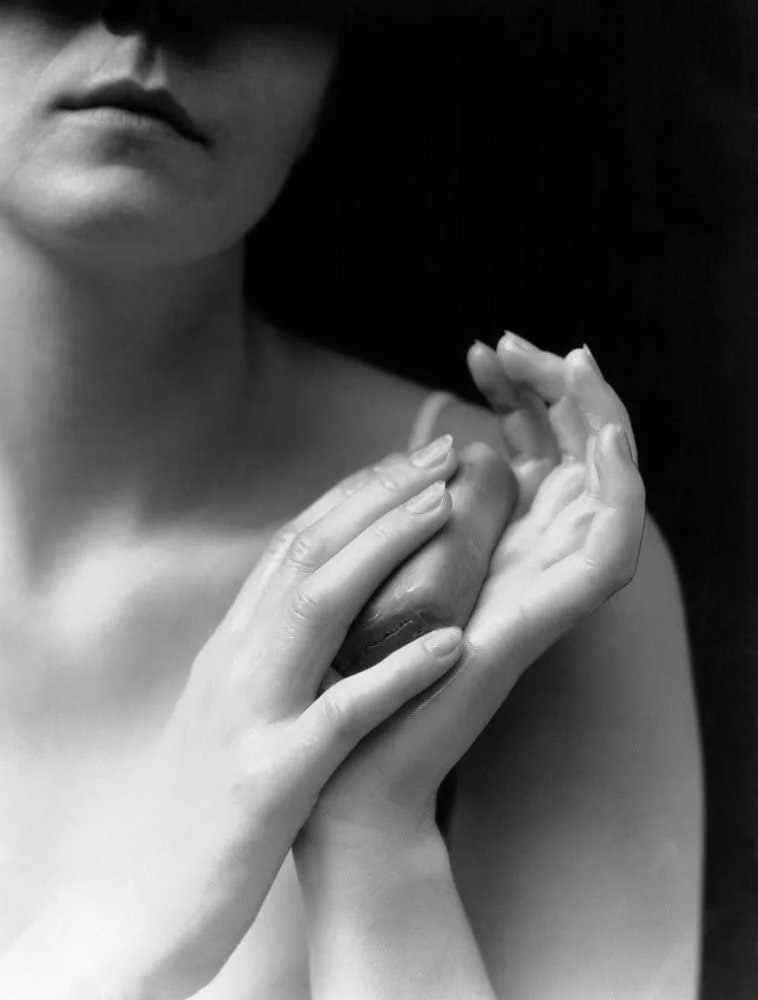Soap and water work through the hydrophobic effect, a basic chemistry concept that explains why oil and water don't mix. The effect drives protein folding, a process that alters the structures of amino acids and allows them to perform different functions within a cell.
Soap molecules have hydrophilic heads — meaning they cling to water molecules — and tails that are hydrophobic — which means "water-fearing." When immersed in water, the soap molecules form into tiny balls, called micelles, with their hydrophobic tails pointed inwards. While the soap molecule tails want to avoid water, they are attracted to oils and fats.
Many bacteria and viruses, including coronaviruses, are encased in a fatty acid membrane. The soap molecule tails poke into these bilayer membranes, breaking them apart, and destroying the pathogens.
Warmer temperatures boost the hydrophobic effect and may help hand soap to lather and remove grime or microbes sticking to your skin, just as hot water and soap helps remove grease from a kitchen pan. Lather your hands in water that's warm to the touch and spend at least 20 seconds washing your hands to remove more germs.
If soap and water is not available, hand sanitizer containing at least 60 percent alcohol is also effective at breaking up the membranes surrounding coronaviruses and bacteria. It should be rubbed thoroughly into the hands until all the liquid evaporates.
But for everyday use in a non-medical setting, choose soaps and hand sanitizers that do not contain antibacterial ingredients. Some medical professionals fear there could be a spike in antibacterial resistance in a few years if too many people start using antibacterial products to clean their hands.

